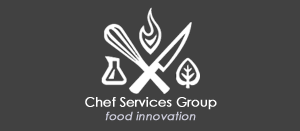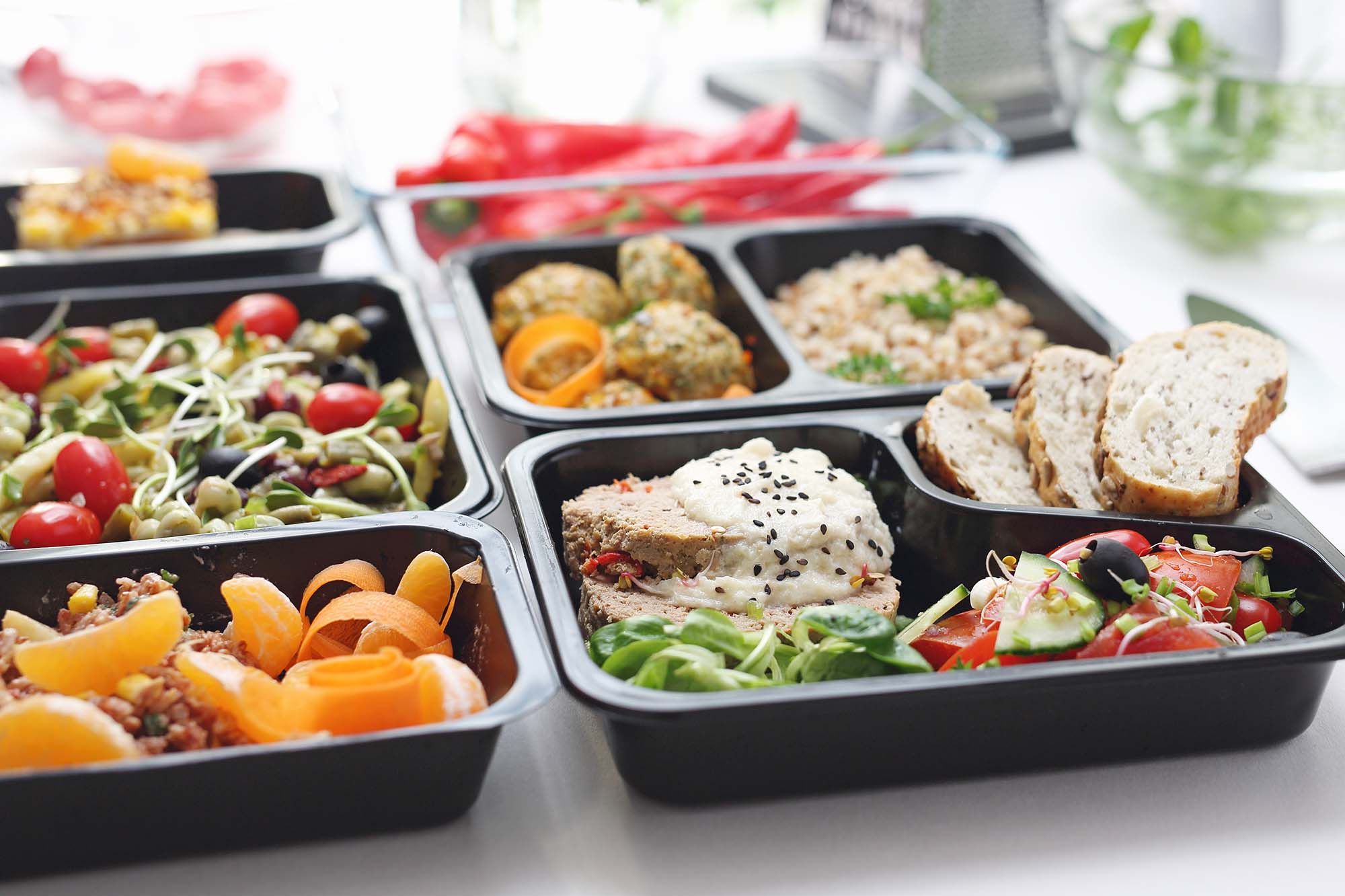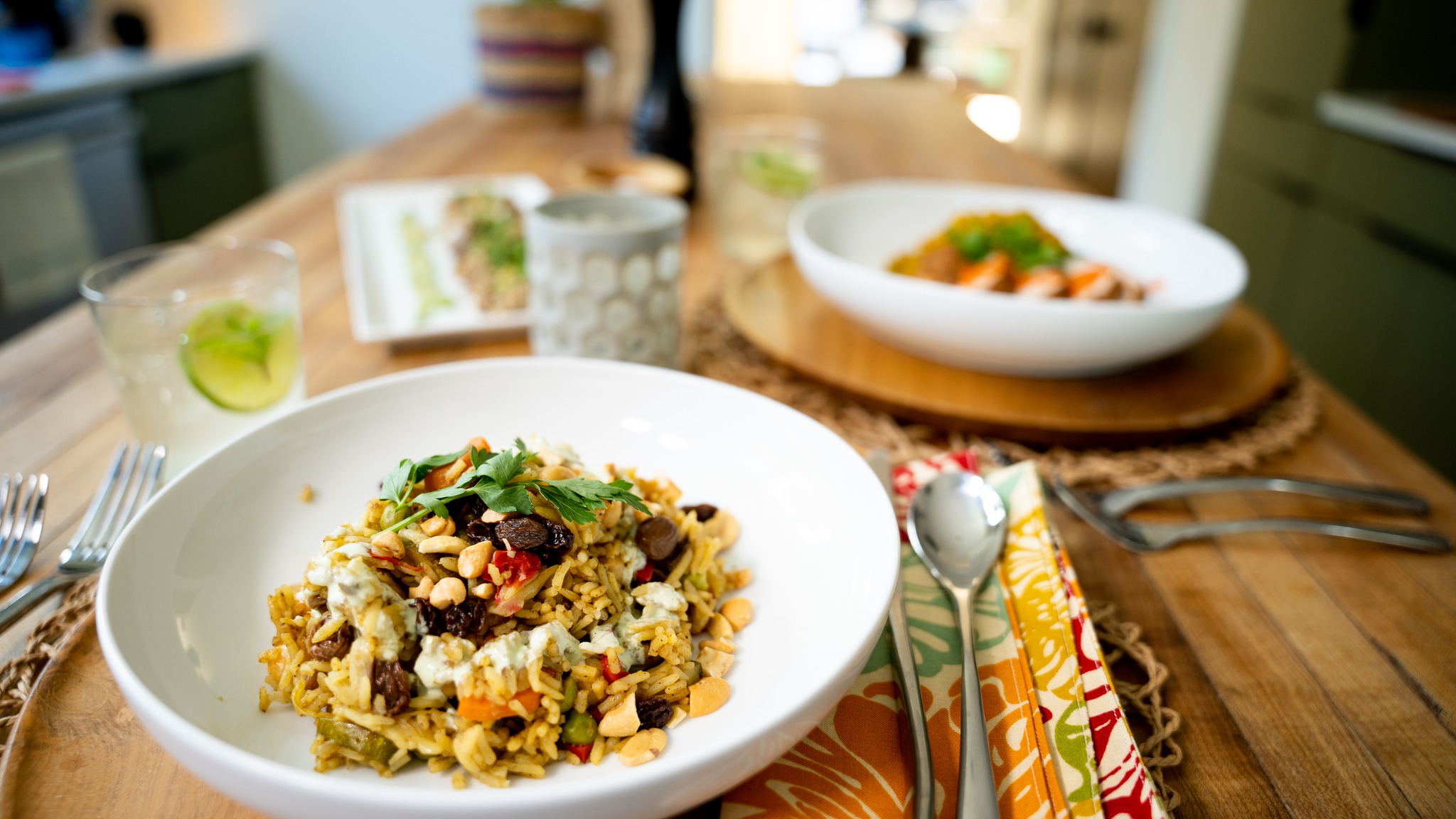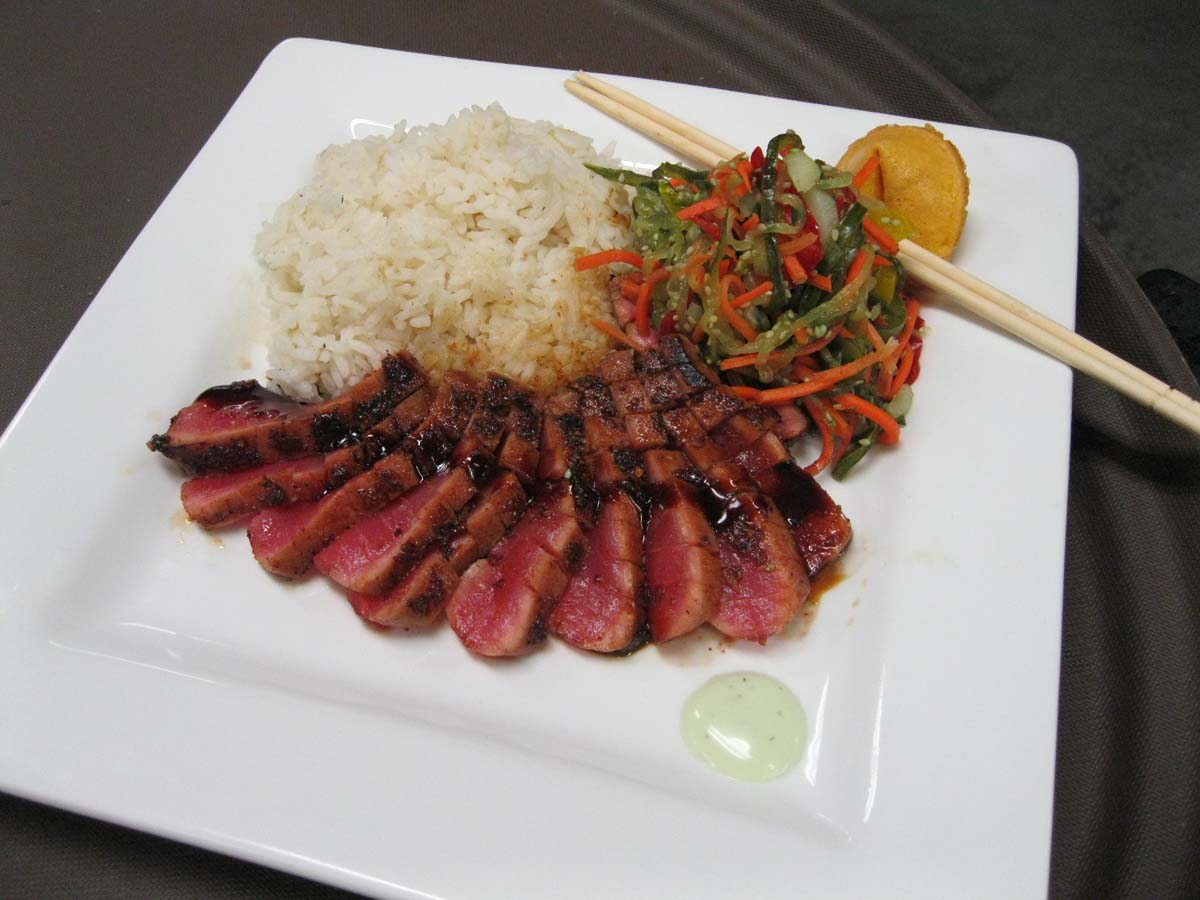A menu to the consumer is a list of restaurant offerings, but the menu represents so much more. A restaurant’s menu is an essential document; it’s the restaurant’s primary merchandising collateral that defines the restaurant. When a restaurant is looking to enhance its menu, it should begin the menu development process. To execute that process, restaurants will often turn to the services of an outside consultant, such as the Chef Services Group.
The Process
Menu development is a process, and like most processes, it’s beneficial to have a goal(s) defined at the onset. Generally, the goals are to minimize waste, increase revenue, and move forward the brand or vision of the owners.
So, How Does It Start?
The menu development process starts with what Chef Walter Zuromski of Chef Services Group likes to call discovery and orientation. This first part of the process looks at how the food gets made, how everything is processed, and what the food handling practices are. It is a deep dive into how the kitchen runs—looking for opportunities to do things more efficiently. This phase will reveal the key outcomes and deliverables needed to complete the menu enhancement process.
After discovery and orientation, it’s time to hear from the owners. What things need to stay, what could be running better, and what can go? At this point, the owner should critically eye the current offerings and look for improvements in the items they know can’t go. This process is essential to discover what menu items need to stay because they define the restaurant’s brand.
Efficiencies
What often gets revealed during these first phases is how efficient or inefficient things are running and how buying practices maximize cost savings. It’s time to look at how the recipes are written, whether they are being followed, whether the measurement of ingredients makes sense, and whether the recipes can be replicated at other locations.
Equipment and Resources
Another thing that this process uncovers is how the equipment is utilized, the resources, and if labor is redundant in some situations. It is about looking for chances to minimize touchpoints.
Let’s Get Cooking!
With discovery and orientation complete, and the equipment and resources reviewed, it’s time to start cooking. At this point, it’s time to create the recipes so that they can be easily replicated in different locations or by other chefs. This means weighing ingredients versus using volumetric measurements and writing down the steps in the recipe. Once this is complete, a team or committee will usually taste the food using this new recipe method and make enhancements to the recipe. After the formula is agreed upon, it is finalized, and the committee moves on to the following recipe, repeating this step until all recipes have been completed.
During this point, the presentation of the menu items will also be observed, presenting the food in two different ways to choose which looks better—sampling various china options.
Cost
Everyone has agreed on a recipe – but how much will it cost? At this point in the process, it’s time to cost the plate. The price cost is calculated by taking all the ingredients from the agreed-upon recipe and adding their costs. If the discovery portion revealed opportunities for cost-saving areas with suppliers or components, it would be necessary to factor that in at this point. With all these calculations, the committee will again agree on the cost.
Training & Implementation
The recipes are transcribed, and the plate costs are determined – it’s time to train staff and implement the newly enhanced menu. During the previous steps in the process, staff expertise and talent are factored into the recipe design so that the new menu would be within the abilities of the current staff. Preparing, cooking, and plating the food are just some functions that may need to be implemented. The team will also be trained on ordering protocol changes, workflow shifts, and ingredient lists.
With this final step in the process complete, it is time to monitor how the changes affect the workflow, food waste, and customer satisfaction. It is common to go back and make small changes to certain things; however, if due diligence is made during the early part of the process, these changes will be limited.
Why Menu Development?
The process of menu development, though it can be tedious, is a valuable process to complete. Uncovering opportunities to create a more satisfying customer experience, grow profits and maximize efficiencies while minimizing food waste all factor into your restaurant’s bottom line. This process can also uncover opportunities to commercialize well-loved products within your restaurant.
Chef Services Group has over 30 years of food and beverage and food manufacturing experience and can help you assess your operations, enhance your menu, and take your beloved recipes to market.






